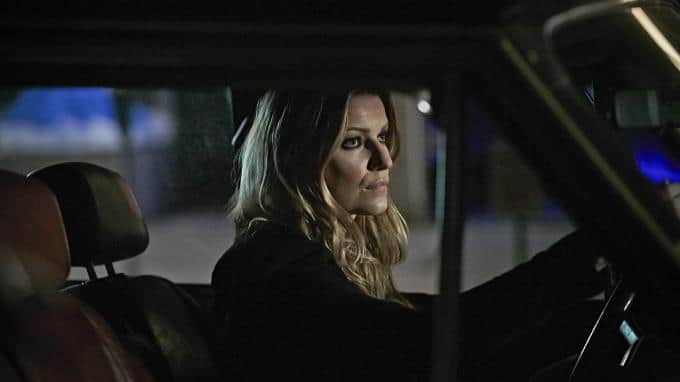
But there’s a glorious flip side to this problem. Lackluster action is just one example how a good deal of TV often neglects its camerawork (because television is a so-called "writer’s medium" and so forth).
BANSHEE TV SERIES FILMING LOCATION SERIES
So, considering the fast-tracked production schedule most television adheres to, it makes perfect sense that series creators can only devote so much schedule space and budget to the battlin’ bits. It can take multiple days to shoot what usually amounts to just a few minutes in an entire episode.Īll told, fight scenes are very expensive, from both a time standpoint and a monetary one. That’s before you get to the makeup and/or visual effects work required to create the wounds that fighters sustain, to say nothing of ensuring that continuity is preserved from one shot to another.

They’re usually grueling for actors and stunt doubles to film, as the normal process of shooting multiple takes is amplified by the daunting physical exertion that's required in addition to "just" acting. Fight scenes are hard work it takes a lot of time to storyboard them, longer to choreograph each individual punch, and even longer still to then carry out the process of blocking characters, cameras, and props within a location. You can fast-forward, go the bathroom, text or read the Internet while these fights are taking place and miss nothing.Īs with many issues in TV, these problematic patterns can be traced to shortages of both production time and funding. The protagonist either wins (if the fight takes place at the end of the episode), or loses in some inconsequential way (if it takes place in the middle).

Furniture is broken and guns are brandished but dropped. Monster punches are thrown, but are only ever filmed from behind the person being hit, so the punches never have to land. These are a very specific kind of fight scene. In an article from last year, Willa Paskin of Slate ably diagnoses everything wrong with typical television action scenes:


 0 kommentar(er)
0 kommentar(er)
